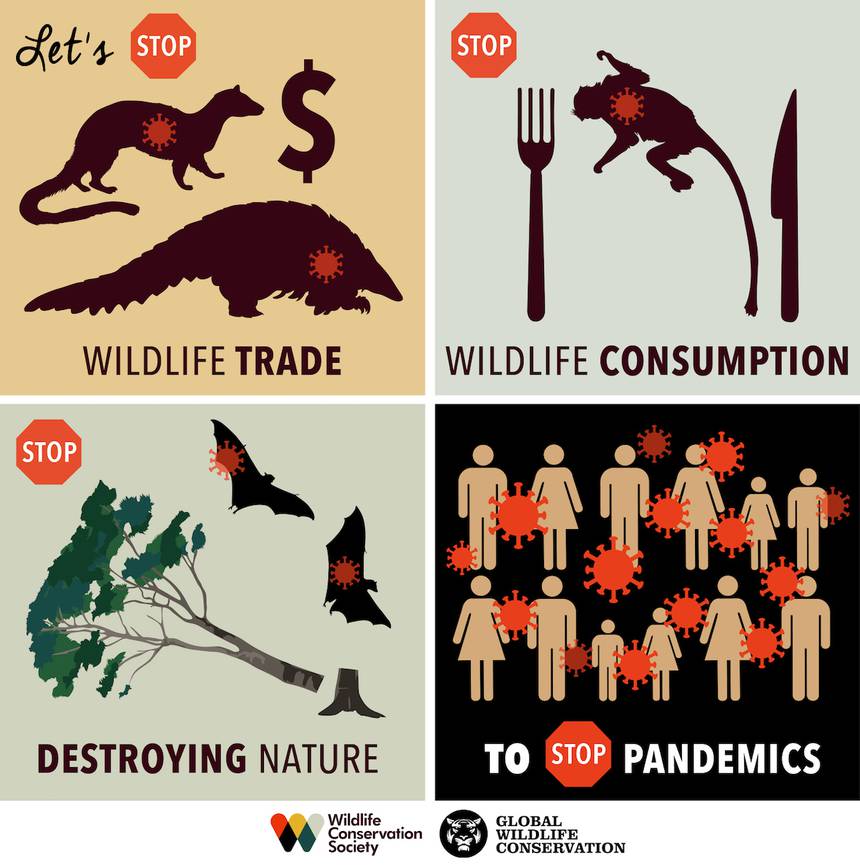Paper shows that wild mammals that were at risk of extinction owing to human activities carried twice the zoonotic diseases compared to animals that were not at the same risk. Among threatened wildlife species, those with population reductions owing to exploitation and loss of habitat shared more viruses with humans. This has increased opportunities for animal-human interactions and facilitated zoonotic-disease transmission.
Link to article: https://royalsocietypublishing.org/doi/10.1098/rspb.2019.2736

